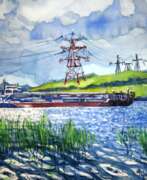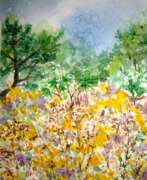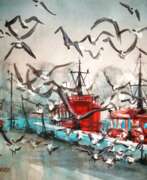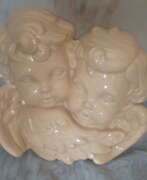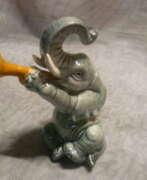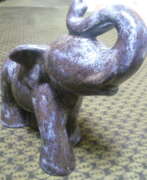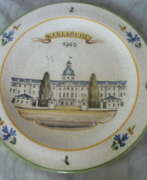Naturalism

Naturalism
Naturalism in art, emerging in the late 19th and early 20th centuries, was profoundly influenced by the principles and methods of natural science, particularly Darwin's views on nature. It extended the tradition of realism, aiming for an even more faithful representation of reality. This "slice of life" approach was presented without moral judgment, distinguishing naturalism from other art movements of the time.
The movement was characterized by a focus on authentic painting qualities, achieved through direct transmission of experiences in nature. This contrasted with the idealized depiction of subjects, a hallmark of movements like Romanticism. Naturalism and realism, while sharing similarities in themes and motifs, diverged in their primary focus. Realist painters saw naturalness as a quality of the finished painting, whereas naturalist artists emphasized the painting process itself, seeking to bring motifs in a highly recognizable form.
Important contributors to the naturalism movement include British-American painter Thomas Cole, known for his depictions of the American landscape, particularly around the Hudson River Valley. He is often referred to as the father of the Hudson River School, a group of landscape painters who portrayed the Hudson River Valley and surrounding areas. His work, "Sunrise in the Catskills," is a notable example of naturalism, offering a realistic snapshot of American wilderness in the 19th century.
French painter Jean-Baptiste-Camille Corot, another significant figure, is known for his painting "Forest of Fontainebleau." His work often included rugged landscapes with deep shadows and natural light. He was one of the earliest painters to work on location using the plein air technique, which later became famous through Impressionist painters like Claude Monet.
The Barbizon School, where French painter Théodore Rousseau belonged, greatly influenced landscape painting and inspired French Impressionists. Rousseau's paintings, like "The Village of Becquigny," depicted the French countryside with impressive naturalism. French painter Jules Bastien-Lepage's work, such as "Hay Making," is also iconic in the naturalism movement, characterized by its honest portrayal of rural life without romanticizing the image.
The Norwich School in England, led by John Crome, and the Barbizon School in France were pivotal in the development of naturalism. They were among the first to make landscapes the dominant subject matter, moving away from the tradition of creating ideal landscapes in the studio.
If you're intrigued by the fascinating world of naturalism in art and wish to stay informed about the latest developments, exclusive product sales, and upcoming auction events, consider subscribing to our updates. This service is designed to keep you at the forefront of new discoveries and opportunities in this field. We promise to deliver only the most relevant information directly to your inbox, ensuring you never miss out on a chance to enrich your collection or deepen your understanding of naturalism. Sign up now and be the first to know about the exciting events and products we have in store.
| Country: | America, France, Russia, USA, Western Europe |
|---|---|
| Start of the period: | XIX century |

